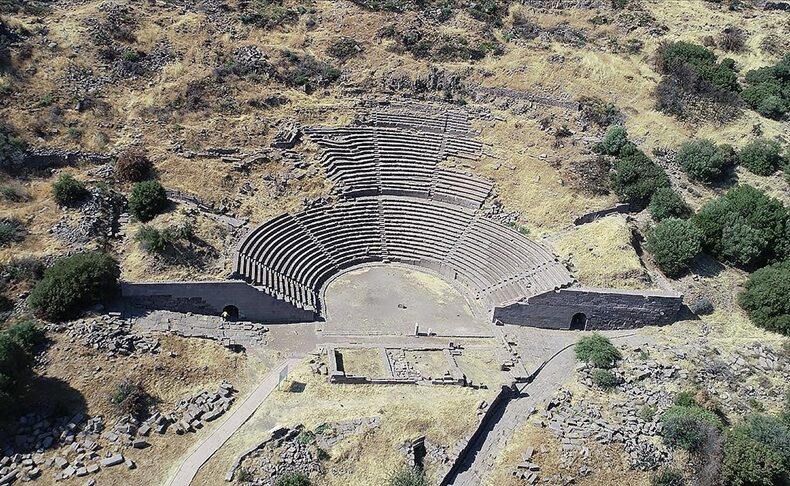
Echoes of the Aegean: 2,200-Year-Old Theater in Ancient Assos Set for Restoration
Poised dramatically on a volcanic hillside overlooking the sapphire waters of the Aegean and the distant peaks of Lesbos, the 2,200-year-old Hellenistic theater of Assos is about to return to the spotlight. One of Anatolia’s best-preserved ancient theaters is now entering a major restoration phase that aims to reawaken its role as a cultural gathering
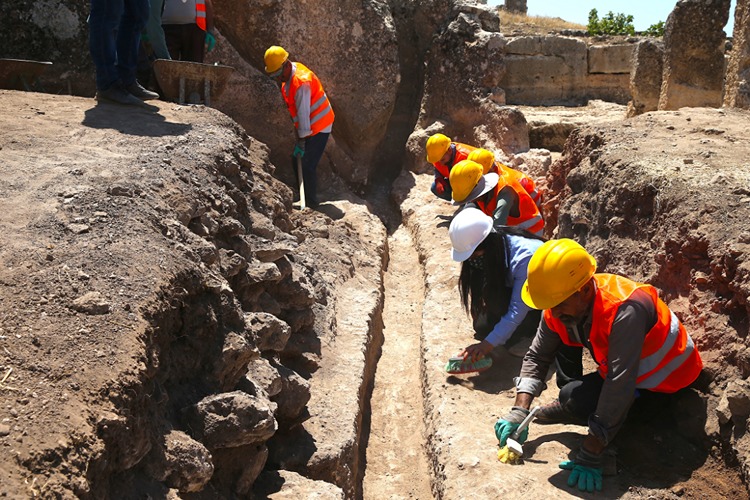
1,800-Year-Old Roman Water Distribution System Unearthed at Zerzevan Castle in Türkiye
Archaeologists have uncovered an intricate Roman-era water distribution system at Zerzevan Castle, a 3,000-year-old fortified site located in southeastern Türkiye’s Diyarbakır province. The discovery sheds new light on the region’s advanced hydraulic engineering during the height of the Roman Empire. Strategic Outpost with Sacred Secrets Perched atop a 124-meter-high rocky ridge overlooking the ancient Mesopotamian
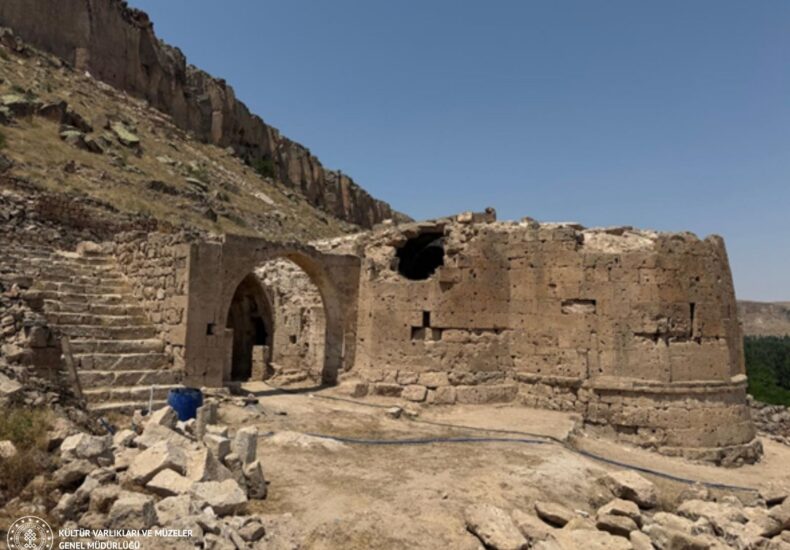
Saint Georgios, Cappadocia’s Forgotten Church, to Reopen After 700 Years
Saint Georgios, a long-forgotten 13th-century Byzantine church tucked away in Türkiye’s Cappadocia region, is undergoing meticulous restoration and will reopen to visitors after 700 years. Hidden among the sun-scorched rock formations of Central Türkiye, in a quiet village far from the well-trodden tourist trails, a forgotten Byzantine church is preparing for a second life. Saint
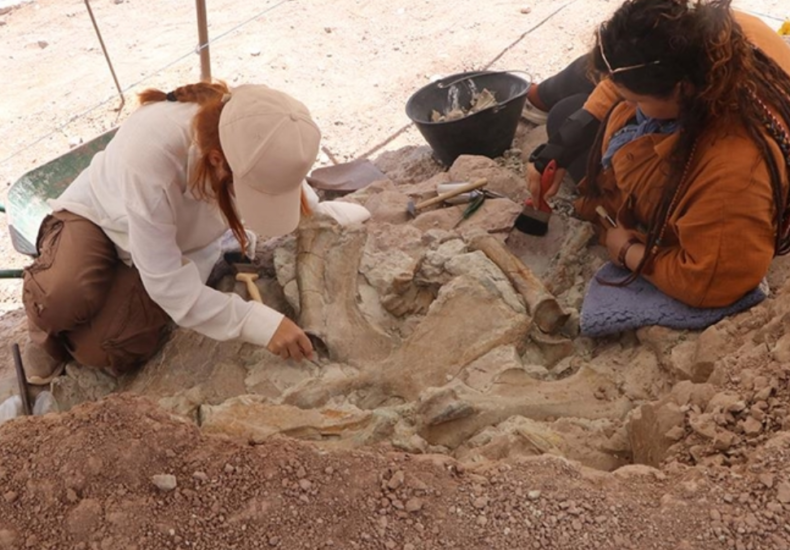
9-Million-Year-Old Fossils of Elephants, Giraffes, and Rhinos Unearthed Together in Türkiye
A stunning fossil discovery in central Türkiye is offering a rare glimpse into the Miocene period’s megafauna. Excavations at the Çorakyerler Vertebrate Fossil Locality in Çankırı have revealed over 20 fossilized remains—including elephants, rhinos, and giraffes—all found within just two square meters of sediment. Led by a 15-member team, the 2025 excavation season has unearthed

12,000-Year-Old Çayönü Tepesi Reveals Neolithic Grid Structures and a Bronze Age Water Channel
New archaeological discoveries from Çayönü Tepesi, one of the most significant Neolithic sites in Southeastern Türkiye, have brought fresh insights into early settled life. Excavations in the eastern section of the site have unearthed four grid-planned buildings dating to the Neolithic period (10,200–6,500 BCE) and a water channel from the Early Bronze Age (3100–1100 BCE).
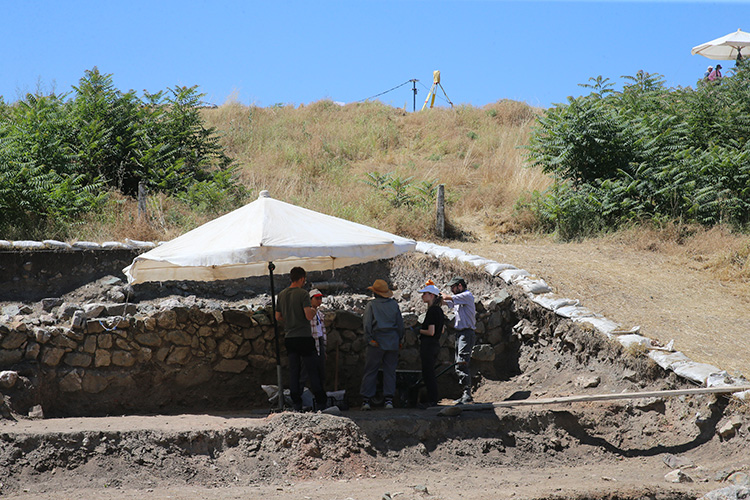
Excavations Resume at Komana: Sacred City of the Anatolian Goddess Ma
Archaeologists have resumed excavations at the ancient city of Komana in Tokat, northern Türkiye, a sacred site once dedicated to the powerful Anatolian goddess Ma. The 2025 season began in early July and will continue until August 15, led by Prof. Dr. Burcu Erciyas of the Middle East Technical University (METU), with the support of
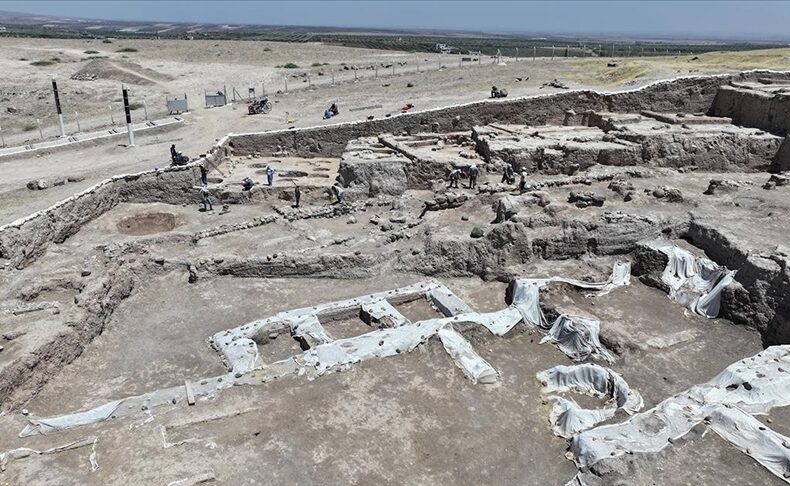
2025 Excavations Begin at Oylum Höyük, a Major Administrative Center of the Hittite Period
Archaeologists have launched the 2025 excavation season at Oylum Höyük, one of the largest archaeological mounds in southeastern Türkiye, located near the Syrian border in Kilis. The site, known for its strategic importance during the Hittite Empire, is yielding new clues about political and administrative structures in the Late Bronze Age. The excavation is being
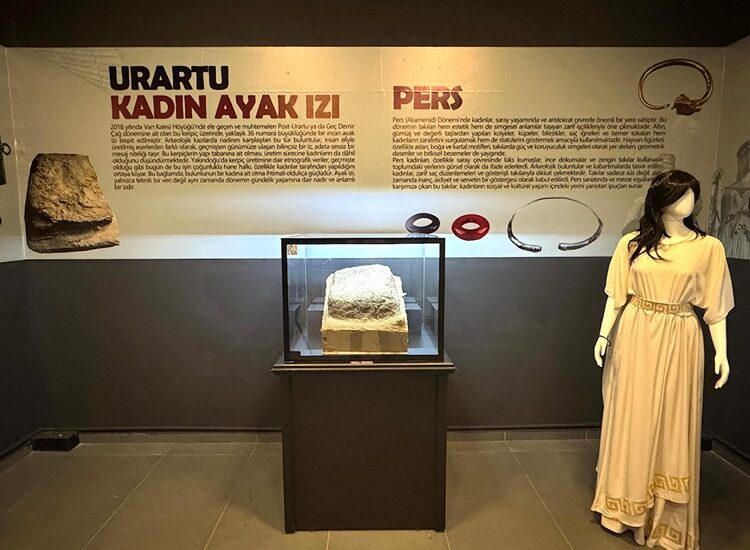
Footprint of an Urartian Woman Goes on Public Display for the First Time in Van Museum
Dating back nearly 3,000 years, a remarkably preserved female footprint imprinted in mudbrick reveals rare insight into daily life and women’s labor during the Urartian era. A silent echo of an ancient life has surfaced for public view: a female footprint from the Urartian civilization is now on display for the first time at the

Turkish Archaeology Student Awarded Prestigious Fellowship for Groundbreaking Research on Ancient Lycia
Batuhan Özdemir’s critical study of 19th-century British perceptions of Lycia earns him a coveted BIAA–Bilkent postdoctoral fellowship, spotlighting Türkiye’s growing presence in international archaeology. A major success in Anatolian heritage studies has emerged from the UK, where Turkish archaeology student Batuhan Özdemir has been awarded a prestigious postdoctoral fellowship jointly supported by the British Institute

1,400-Year-Old Intact Bronze Cauldron Discovered in the Mosaic House at Pergamon
An exceptionally well-preserved bronze cauldron, dating back approximately 1,400 years, has been unearthed during archaeological excavations in the ancient city of Pergamon, located in the Bergama district of İzmir, western Türkiye. The cauldron was found in its original position, inside a pool situated in the stone courtyard of a building complex known as the “Mosaic
